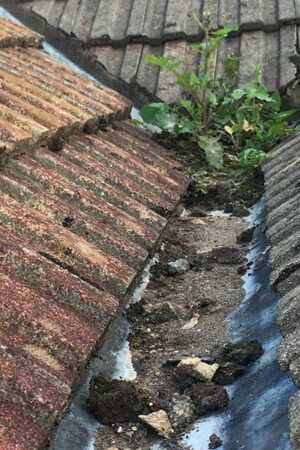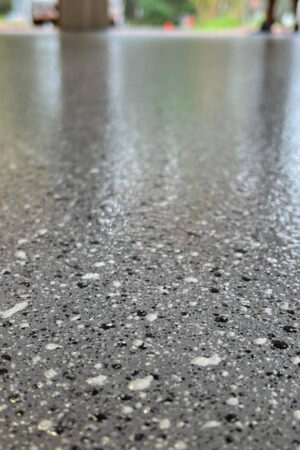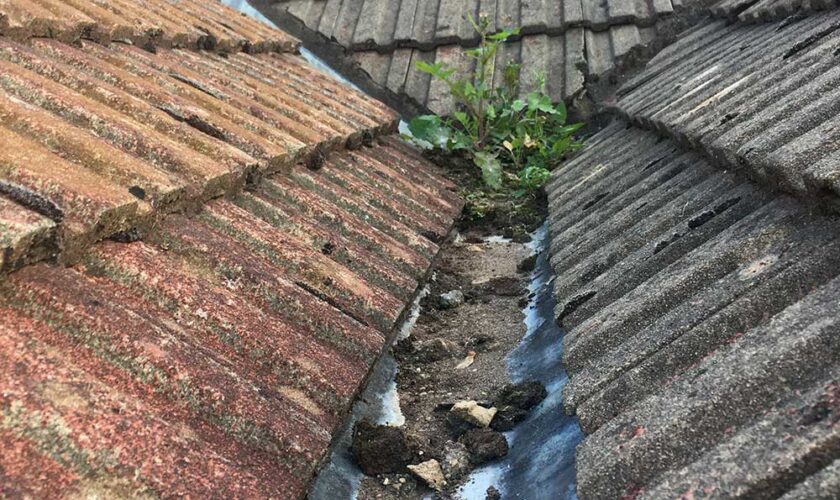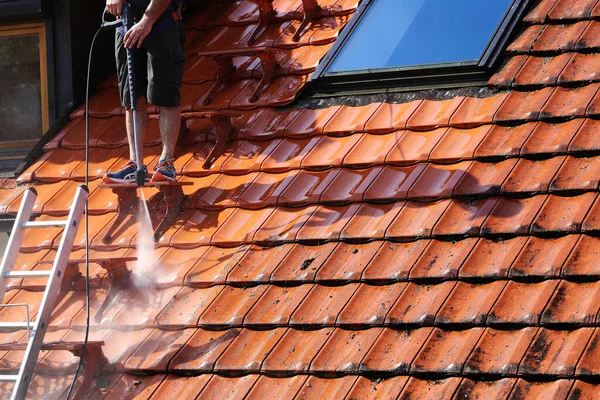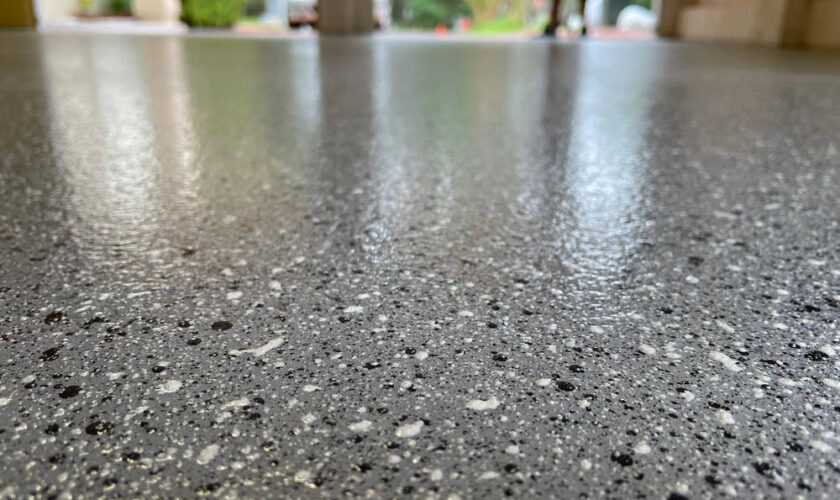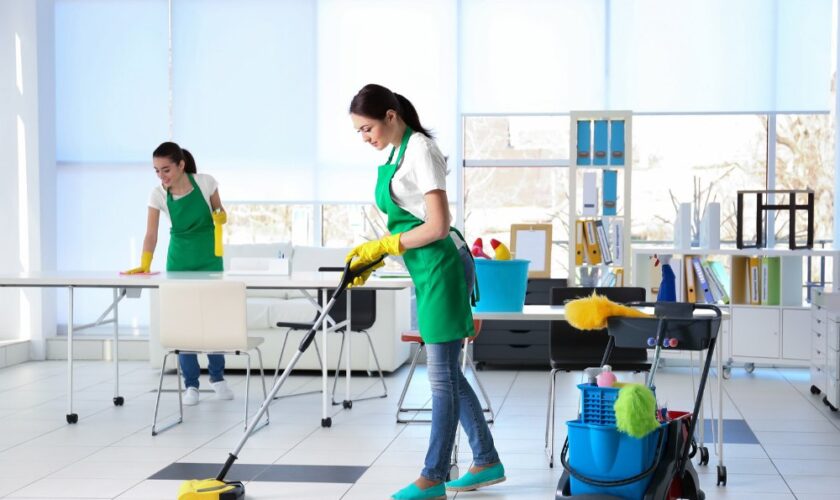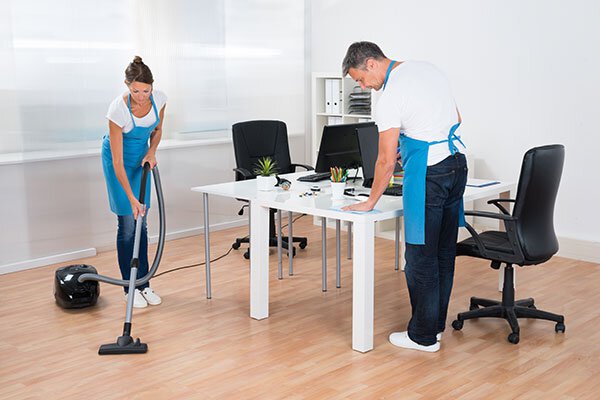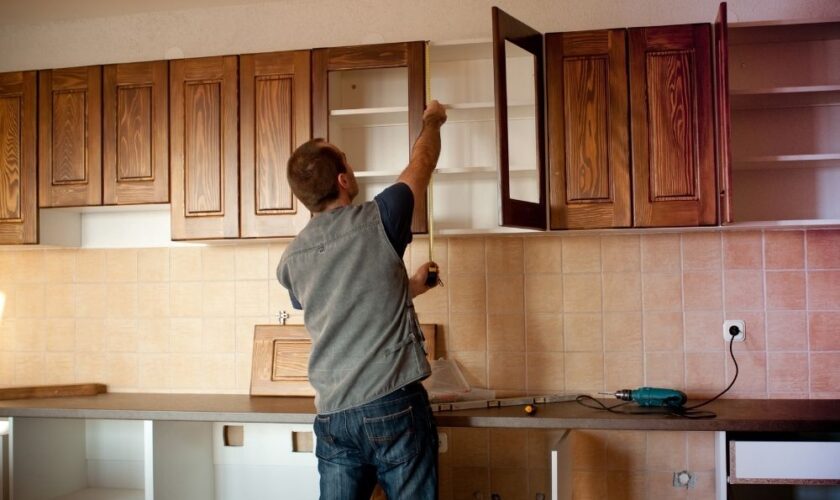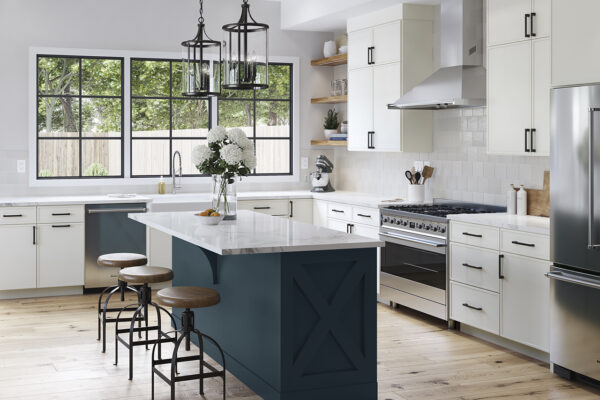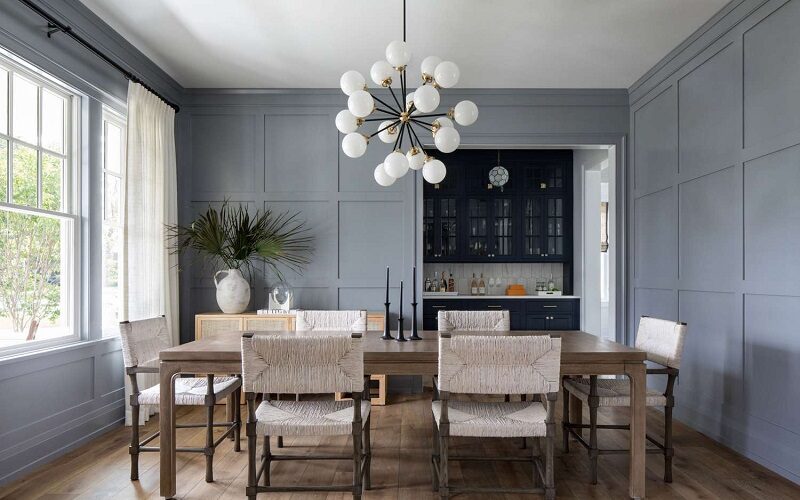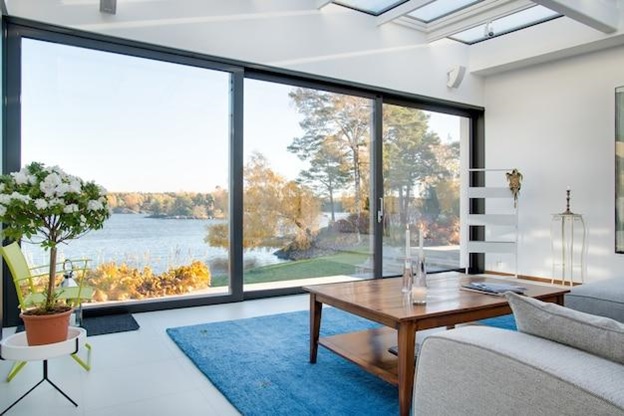A home cold room is an increasingly popular feature in modern houses, offering an efficient, stylish, and convenient way to store perishables. Whether you’re a wine connoisseur looking to create the perfect cellar, a chef in need of a walk-in pantry, or simply someone who wants better food preservation, designing a cold room tailored to your needs can transform your home storage experience.
This article explores how to design a versatile home cold room—from a specialized wine cellar to a multipurpose pantry—and what key factors to consider.
Step 1: Define the Purpose and Type of Cold Room
The first step in designing a cold room is to identify its primary use. Will it be a wine cellar, a general food pantry, or a hybrid space?
- Wine Cellar: Requires precise temperature control (typically 50–59°F or 10–15°C) and higher humidity (around 60–70%) to preserve wine quality and aging potential.
- Pantry Cold Room: Needs slightly cooler temperatures (around 35–45°F or 1.5–7°C) with moderate humidity to keep fruits, vegetables, dairy, and meats fresh without freezing them.
- Hybrid Cold Room: A versatile room can incorporate different zones or adjustable conditions to accommodate various items.
Once you’ve defined the purpose, it’s advisable to consult with a professional cold room manufacturer to ensure that the design complies with safety standards and energy efficiency requirements.
Step 2: Select the Location
Choose a location in your home that is naturally cooler and insulated from heat sources like direct sunlight, ovens, or heating ducts. Basements, garages, or unused closets are ideal. The space should have easy access from the kitchen or dining area for convenience.
Step 3: Insulation and Construction
Proper insulation is critical to maintaining stable temperature and humidity levels. Use high-quality cold room insulation panels on walls, ceiling, and floor—rigid foam or spray foam insulation works well. Walls may need to be vapor-sealed to prevent moisture infiltration.
Consider materials that help maintain a stable environment and resist mold, such as moisture-resistant drywall or specialized paneling. Floors should be non-porous and easy to clean, such as sealed concrete or tile.
Step 4: Cooling System and Controls
The cooling system is the heart of the cold room. For a wine cellar, a specialized wine cooling unit is recommended, designed to regulate humidity and prevent vibrations. For a pantry cold room, a commercial refrigeration unit or a high-quality residential cooling system with a thermostat is ideal.
Advanced cold rooms can include:
- Digital controls: For precise temperature and humidity management.
- Smart sensors: To monitor conditions remotely.
- Ventilation: To maintain air circulation and prevent stale odors.
Step 5: Lighting and Shelving
Lighting should be soft, energy-efficient, and emit minimal heat to avoid affecting the room’s climate. LED lights are ideal.
Shelving design depends on your storage needs:
- Wine Cellar: Use sturdy, slanted racks for bottle display and easy access.
- Pantry Cold Room: Adjustable shelving with baskets, bins, and drawers to organize produce, dairy, and other goods.
- Hybrid: Combine both types of storage for multifunctionality.
Materials such as stainless steel, wood treated for moisture resistance, or durable plastic work well.
Step 6: Additional Features
Consider integrating these extras for convenience and enhanced functionality:
- Humidity control devices: To prevent drying or mold growth.
- Dehumidifiers or humidifiers: Depending on the climate needs.
- Sealing doors: Insulated doors with tight seals to minimize temperature fluctuations.
- Alarm systems: Alerts for temperature deviations to protect your items.
Step 7: Maintenance and Energy Efficiency
Regular maintenance is essential. Clean shelves and floors frequently, check seals on doors, and ensure the cooling system is serviced periodically.
To improve energy efficiency:
- Use LED lighting.
- Insulate well.
- Select energy-efficient cooling units.
- Use a programmable thermostat.
Conclusion
Designing a home cold room offers exciting possibilities—from a dedicated wine cellar that ages your bottles perfectly to a spacious cold pantry that extends the life of your groceries. By carefully planning the purpose, location, insulation, cooling, and shelving, you can create a space that fits seamlessly into your home and lifestyle. Whether you’re a wine enthusiast or a home chef, a well-designed cold room adds value, convenience, and a touch of luxury to your household.


